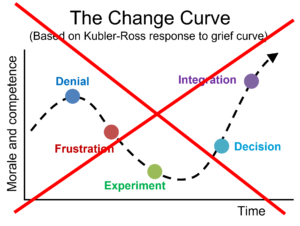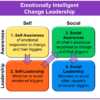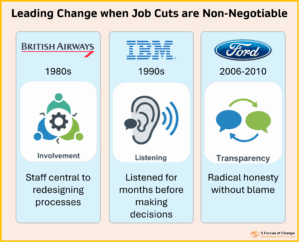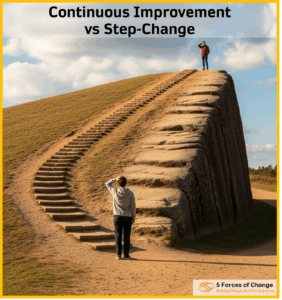 I believe that the Change Curve has had its day. Why?
I believe that the Change Curve has had its day. Why?
Firstly, it is based on Elizabeth Kubler-Ross’s research into people’s emotional reactions to impending death rather than on organisation change. Even in its proper context (people nearing end of life) it does not represent a linear journey as, in practice, people move back and forth between emotions.
Secondly, if we are to succeed with organisational change, we must address root causes. The Change Curve presents a series of reactions to change in the form of negative emotions. But rather than focusing our change effort on helping people work through these adverse reactions we should seek to eliminate their causes.
Thirdly, we need to equip leaders and employees with a straightforward framework (based on root causes) to help guide their decisions and actions as they work their way through the complexities of organisational change.
A better starting point is to focus on the human needs that are threatened or undermined by change that sit at the root of resistance to change:
- Our need for a sense of certainty.
- Our need for a purpose for what we do.
- Our need for a sense of control over our lives.
- Our need to feel connected to people, things, ideas, and habits.
- Our need for success.
In times of change we can suffer uncertainty, lack of direction and fear of failure. We can feel put upon and feel a sense of loss as old ways disappear. By addressing each of these five human needs we can dispel resistance and boost our chances of success.
#changemanagement #leadingchange #culturechange #organizationalchange








